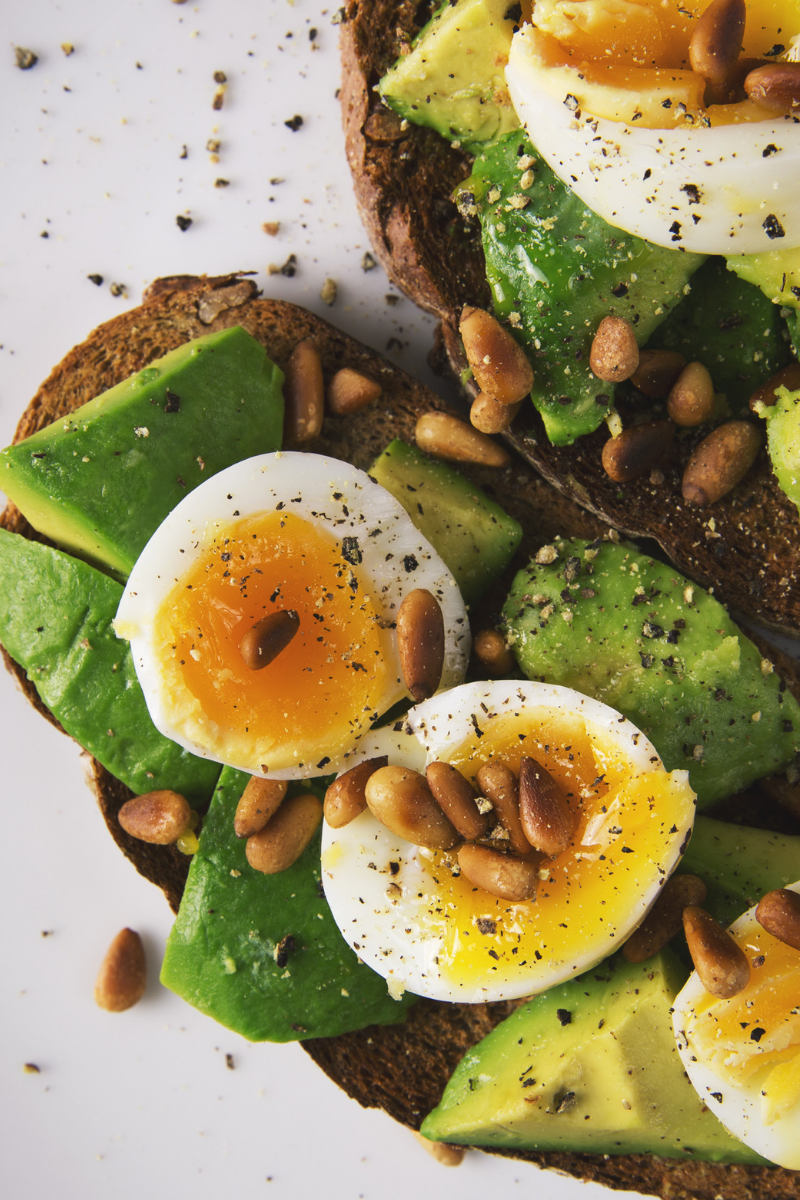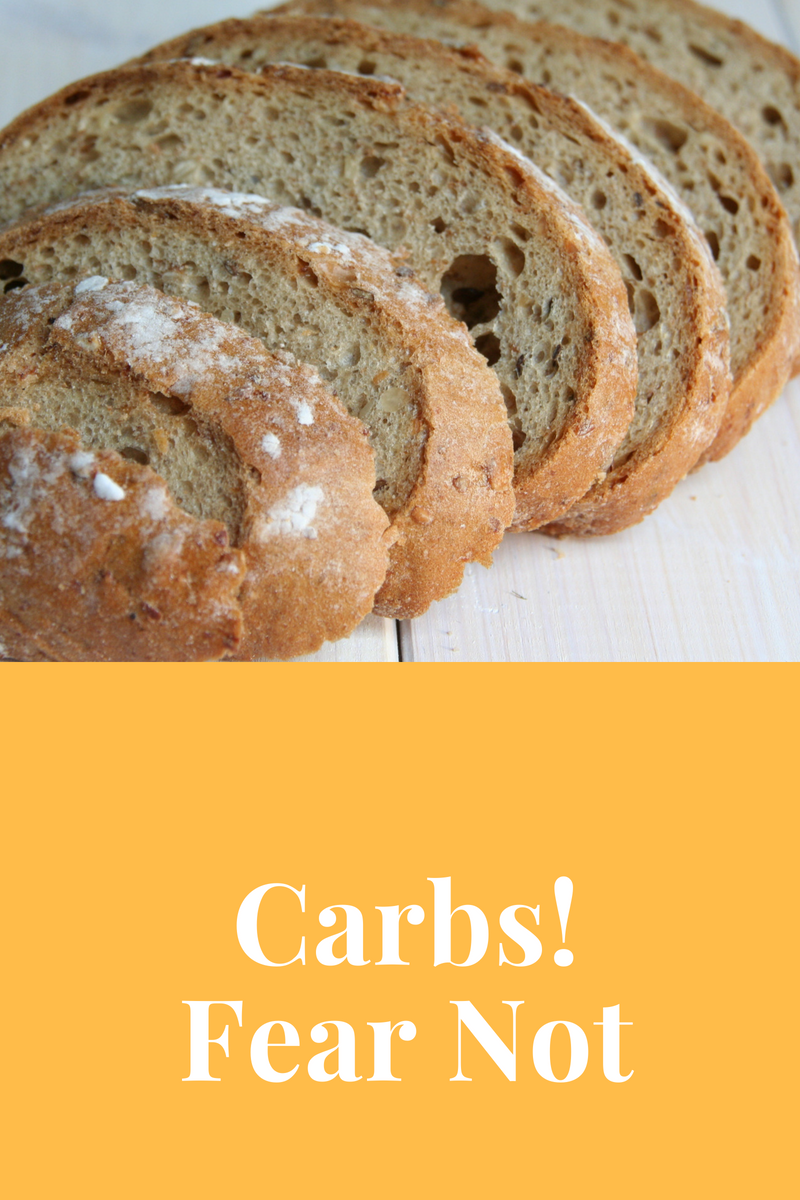Planning and preparing your meals for the week can save your life in many different ways. These steps help us to eat balanced, nutritional meals, and to stay on track with our health goals by avoiding spending in junk food. It’s also true that you learn how to budget and save. But what about food safety? Avoiding waste is one of the key goals you must aim at when meal prepping. Good storage and prepping practices are essential for food safety and quality.
Food safety 101
Here are the basic rules to apply:
-
Sanitize: Keep everything clean
First things first: Wash your hands.
This basic practice can avoid us from contaminating food with harmful bacteria that can get us sick. Especially, when preparing raw foods. Beware of the “alcohol hand sanitizers” and “spa soaps”. Washing your hands correctly is by using antibacterial soap and running water. Make sure you follow the guide to thoroughly wash your hands for at least 20 seconds.
Another rule of thumb is ensuring food safety with clean cookware. You want to make sure to keep all utensils freshly washed and cleaned. Kitchen knives, cutting boards, and other utensils must be sanitized. Make sure you keep separate knives and cutting boards for meat and vegetables. Learn more about sanitizing your kitchen tools here.
Washing your vegetables and fruits before storing is also important. Especially with green leafs, at least wash with running water and then store them, as described below.
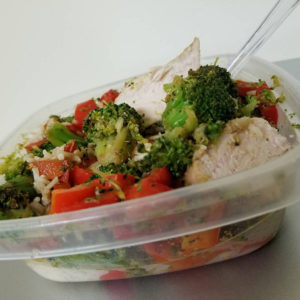
-
Organize your kitchen and space
This is a best practice to make your life easier. Organizing yourself is key to meal prep, as it will ensure proper food safety. This is clue to staying ahead of any food damaging, or stomach problems.
Always keep all the necessary kitchen tools handy. This will save you time. Also, look for all the needed ingredients for your recipes. Focus first on the ones that take longer to prepare, like grains and meat. Vegetables, for example, are perishable items. You want to be careful not to keep them out of the refrigerator for too long, unless you will use them immediately.
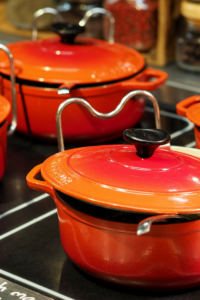
-
Food lasting
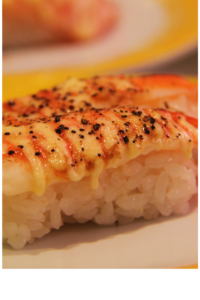
A great reminder for food safety is focusing on how long an item will last. For meal prep, give priority to the foods that last for a week. Some examples here are: eggs, lentils and other grains, ground meat, chicken, pasta. Some fruits like apples, grapes, bananas, and berries are also ok. From the veggies, you may prep carrots, sweet potatoes, cauliflowers, beats and kale.
For other perishable foods like, green leaves, you want to be careful not to prep for a whole week. These may lose their taste and consistency. Because of this, it is better to consume fresh.
Another important thing for food safety is to read food labels! This goes especially for perishable items. Check on them before you make your purchase. Once your food is stored, you want to review the food labels. This will also prevent keeping damaged food on the fridge, spreading bacteria and bad odors.
-
Cooking best practices
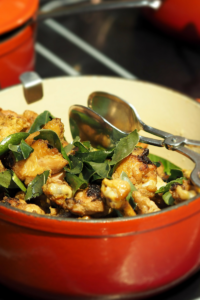
Here you want to be very careful with how you cook your meals. Get the essential: If you have a thermometer, you stand a better chance of gauging your food temperature correctly. Follow the guides for appropriate timing and temperatures. Here, you want to go for the foods that take longer to cook, like meats and poultry.
Pay close attention to the food safety when cooking the greens and the meat. Dangerous bacteria like salmonella are usually found in raw meat and eggs, so just be careful not to mix these with fresh veggies when uncooked. Treat these separately. I recommend first preparing the poultry, then once you are done, you may wash your hands and prepare the veggies later.
-
Storage
You can’t miss out on the rules for this step! This is crucial for food safety. When it comes to saving money and getting all the great taste, storage is key! And tell me about food waste! There are some best practices to follow to make meal prep storage easy.
Containers:
Some of the best ones are:
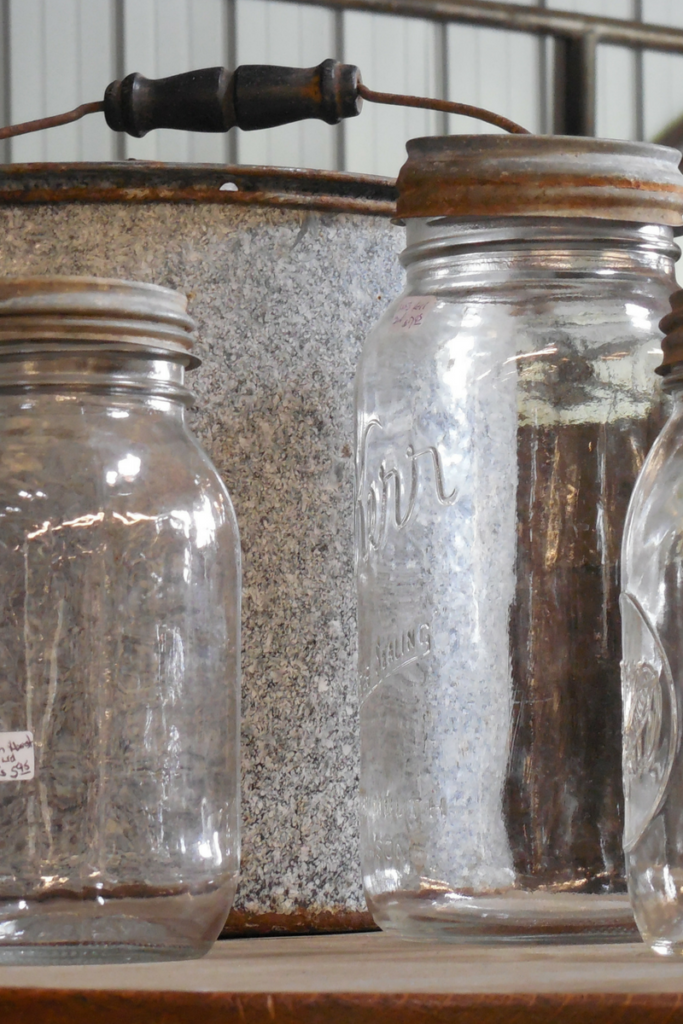
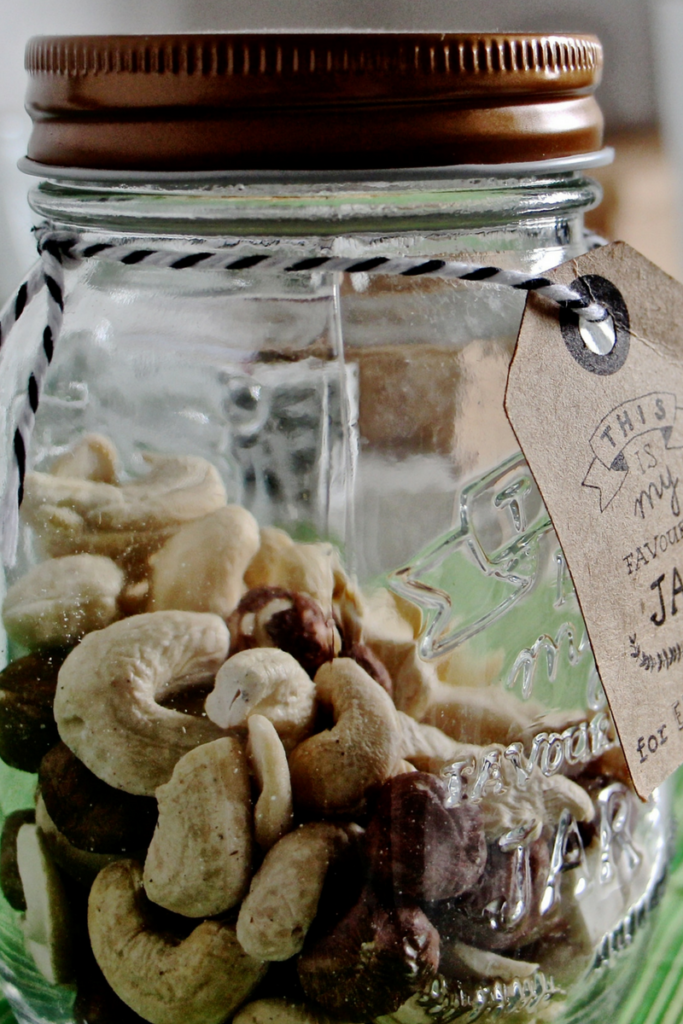
1) Meat and others
Glass containers (pyrex type): These are the most recommended for grains, protein foods and other fridge meals. Now you can find some nice sizes and colors, to organize according to food types.
Snap-on lid containers: These are great for sealing the food correctly and keeping it air-tight. With this, your meals will be fresher and last longer.
2) Veggies and raw green leafs
Air-tight or sealed bags: These work well to keep the veggies fresh and to keep out moisture. Keep the greens in the vegetable compartment of the fridge.
3) Smoothies and juices
For these types of foods, fruits can be cut in pieces and saved in plastic containers or air-tight food bags.
You can also take advantage of superblends or superfood smoothies. These foods are packed with so much nutrition value and benefits, that you won’t want to miss including these in your healthy eating regimen. I tried Splendid Spoon superblends, and I love that they have superfoods, are fully plant-based and help boost your metabolism. You can easily have them for a quick meal replacement, post-workout smoothie, or simply as a complete snack. These smoothies are perfect for busy people, who are always on-the-go. Splendid spoon offers many flavors and bundles, plus deliver right to your door. Get 15% off here.
4) Salads and yogurt preparations
You may keep these into sealed jars. Salads can also be saved in compartment food containers.
-
Food temperatures
You want to keep this in mind when cooking. This is crucial to avoid food poisoning. Here are some basic guidelines:
- Cook whole cuts of beef, pork, veal and lamb at 145 degrees. After, you must allow meat to rest for 3 minutes before eating.
- Ground meats, such as beef and pork should be cooked at 160 degrees.
- You should cook poultry, like chicken and turkey, at 165 degrees.
- The same temperature of 165 degrees should apply when heating leftovers and casseroles.
One last thought…
Now you have the guides for food safety handy! Meal prep has never been easier! Just bear in mind that whenever you meal prep or eat food, the idea is to keep it as safe and tasty as possible. You want to preserve all the nutrients as well, which will help you achieve your healthy regimen goals.
Disclaimer: This post includes affiliate links, and I will earn a commission if you purchase through these links. Please note that I’ve linked to these products purely because I recommend them and they are from companies I trust. There is no additional cost to you.


